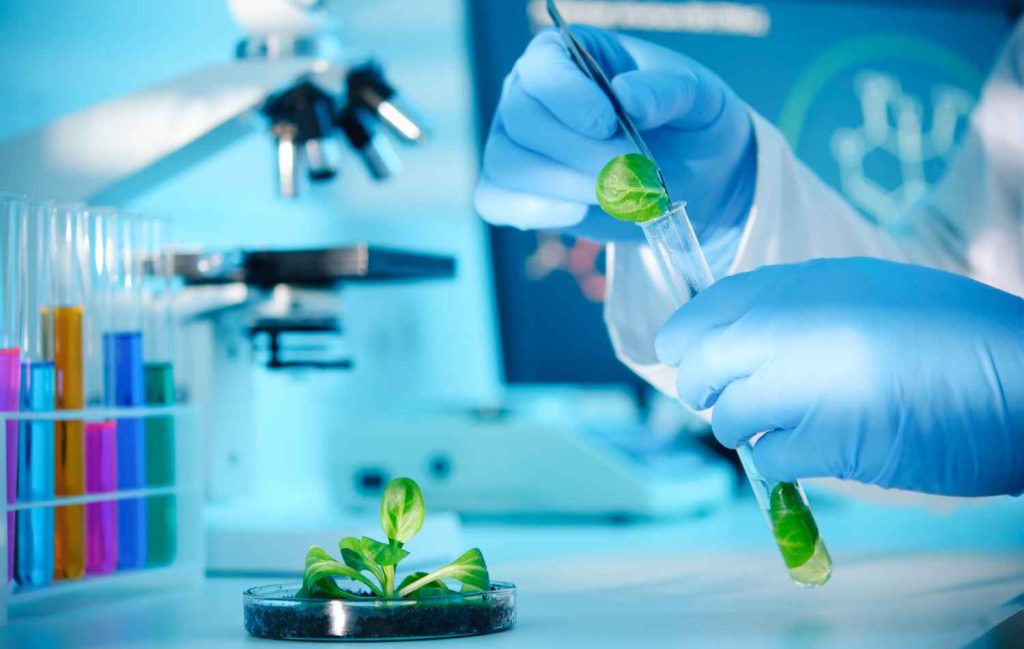
What Are Practical Anatomy Workshops?
Practical anatomy workshops are specialized training sessions designed for health professionals, offering a hands-on learning experience with human bodies and organs. Unlike traditional classroom settings, these workshops provide a unique opportunity for medical doctors, surgeons, and researchers to directly engage with the anatomical structures they study and work on. The primary goal is to enhance their understanding of human anatomy in a practical context, ensuring that theoretical knowledge is effectively translated into surgical and medical skills. At the core of these workshops is the belief that direct interaction with cadavers can significantly improve a medical professional's ability to perform complicated procedures, develop new cures, and innovate life-saving medical devices. By combining the theoretical aspects of medicine with real-world application, practical anatomy workshops play a crucial role in advancing medical education and healthcare outcomes.
Why Are Hands-on Experiences Vital in Medical Training?
Hands-on experiences in medical training are indispensable for several compelling reasons. Primarily, they bridge the gap between theoretical knowledge and practical application. In the medical field, understanding the complexities of the human body cannot be fully achieved through textbooks or lectures alone. Direct engagement with human anatomy, such as that provided in practical anatomy workshops, allows medical students and professionals to visualize and manipulate bodily structures, leading to a deeper comprehension and retention of knowledge.
Moreover, hands-on experiences prepare medical professionals for the realities of surgical procedures and patient care. They enable learners to develop essential skills such as precision, dexterity, and confidence in their ability to perform under pressure. In a controlled environment, mistakes become valuable learning opportunities, reducing the likelihood of errors in real-life medical settings.
Furthermore, these experiences foster teamwork and communication among medical teams. Collaborative learning in practical settings encourages the sharing of insights and techniques, which is crucial for the multidisciplinary approach required in healthcare. Thus, hands-on experiences are not just a supplement to medical education; they are a fundamental component that enhances the quality of care, patient safety, and the overall effectiveness of medical professionals.
How Do Workshops Aid in Surgical Skill Development?
Practical anatomy workshops are instrumental in the development of surgical skills for several key reasons. Firstly, they provide a realistic setting in which medical professionals can practice and refine their techniques. By working on human cadavers, participants gain a true-to-life understanding of the texture, density, and spatial relationships between different tissues and organs. This direct experience is invaluable for surgeons, as it closely mimics the conditions they will encounter in the operating room.
Secondly, these workshops offer a safe environment for experimentation and error. Learning from mistakes is a critical part of the educational process, especially in fields as complex and high-stakes as surgery. In the context of a workshop, medical professionals can explore various surgical approaches and learn the consequences of each decision without risking patient safety. This trial-and-error process accelerates the learning curve and builds confidence.
Additionally, workshops facilitate personalized feedback from experienced instructors. Unlike in a crowded lecture hall, participants in a workshop setting can receive immediate, targeted advice and corrections from experts. This one-on-one interaction ensures that learners can quickly improve their techniques based on professional insights.
Finally, practical anatomy workshops introduce participants to the latest surgical technologies and procedures. By staying current with advancements in medical science, medical professionals can continue to provide the highest level of care to their patients. Thus, these workshops are not just about practicing existing skills; they're also about pushing the boundaries of what's possible in surgery and healthcare.
What Role Do Practical Anatomy Workshops Play in Medical Research and Device Development?
Practical anatomy workshops play a pivotal role in advancing medical research and the development of medical devices. These workshops serve as a bridge connecting theoretical research with practical application, enabling researchers to test hypotheses and validate findings in a controlled, yet realistic, anatomical environment. By working directly with human bodies and organs, researchers gain insights that are impossible to achieve through simulations or animal models alone. This close interaction with human anatomy can lead to breakthroughs in understanding diseases, surgical procedures, and the body's response to different treatments.
In the realm of medical device development, practical anatomy workshops are equally invaluable. Developers and engineers have the opportunity to test new devices and technologies on actual human tissues, providing a comprehensive understanding of how these innovations will perform in real surgical settings. This hands-on testing is critical for refining designs, ensuring safety, and enhancing the efficacy of medical devices. Furthermore, the feedback from medical professionals participating in these workshops can guide improvements and innovations, making the devices more user-friendly and effective in clinical practice.
Ultimately, practical anatomy workshops not only enrich the knowledge and skills of medical practitioners but also drive the evolution of medical science and technology, leading to better patient outcomes and the advancement of healthcare worldwide.
Summary: The Impact of Practical Anatomy Workshops on Healthcare
Practical anatomy workshops have a profound impact on health by improving the quality of medical education, promoting surgical skills, fueling innovations in medical research and device development. These workshops provide an essential practical learning experience, bridging the gap between theory and practice. By offering a safe environment for experimentation, personalized feedback, and direct engagement with human anatomy as both a biotechanatomy and a platform http://biotechanatomy.co.il/ , they prepare medical professionals for the challenges of clinical practice. Moreover, they play a crucial role in advancing medical science and technology. Ultimately, practical anatomy workshops contribute significantly to improving patient care and outcomes in the healthcare industry.

